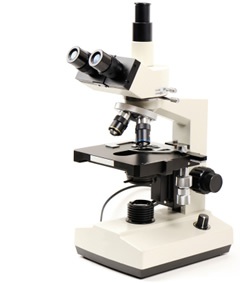You are here: Home » Testing & Characterization » Mineralogical Analysis
Mineralogical Analysis
Mineralogical analysis is the study of materials to determine mineral composition and mineral structure. This analysis can be used to identify mineral species, and understand their characteristics and properties. At Lucideon, we offer a wide range of mineralogical testing, much of which is accredited under ISO 17025:2017.
Our skilled and experienced analysts utilise a broad range of techniques for mineralogical evaluation, the primary techniques include: powder X-Ray Diffraction (XRD), Scanning Electron Microscopy (SEM) with associated energy dispersive micro analysis (EDA), optical microscopy and petrographic analysis. Data interpretation is critical to mineralogical analysis; having the best team of operatives with the most appropriate instrumentation is essential.
XRD based techniques available at Lucideon include:
- X-Ray Powder Diffraction – identification of mineral phases and quantification in bulk samples
- Full Rietveld refinement – crystal cell structure determination
- Micro Diffraction (µ-XRD) – spatially resolved phase determination
- Grazing Incidence X-Ray Diffractometry (GID) – phase determination of thin films
- X-Ray Reflectometry (XRR) - thickness, density and roughness of thin films.
The microstructure, grain size, morphology and bonding or reaction structures can be evaluated through SEM and optical microscopy. With energy dispersive analysis, spatially specific elemental compositions can be determined. Petrographic examinations are used to establish the nature and structure of materials and are widely used for rock and mineral samples as well as cements and concretes.
Typical Technique Applications:
- Industrial minerals, ceramics, rocks and ores
- Quality control of raw materials
- Identification of unknown or deleterious components
- Coated products
- Corrosion products and corroded materials
- Fillers and colors for polymers
- Glass defects and failures including solar panels
- Electronic component defects
- Crystalline silica for occupational hygiene
- Phase boundaries
- Grain size measurements
- Crack propagation and failure mechanisms
- Concrete petrography.
Analyses are often complimentary to other analytical techniques such as chemical, XRF or thermal analysis.
